|
The Harmon Museum’s Armstrong Gallery of Flight has been accepted as a member of the Dayton, Ohio’s Historic Aviation Trail, “a non-profit corporation in partnership with the National Park Service, to promote Aviation Heritage in the Dayton region.”
The Armstrong Gallery of Flight houses a collection of rare aviation related artifacts including Orval Wright’s top hat worn at the Wright Brothers’ Homecoming Celebration in June of 1909. Also on display are items gifted from Neil Armstrong and artifacts relating to the incredible legacy of Ohio’s Flying Farmers. Other sites on the historic Aviation Trail include The Wright Cycle Company, Carillon Historical Park, and the National Museum of the United States Air Force. For more information on the Armstrong Gallery of Flight, click here. It is open, along with the rest of Harmon Museum, from 10-4pm, Tuesday-Saturday.
0 Comments
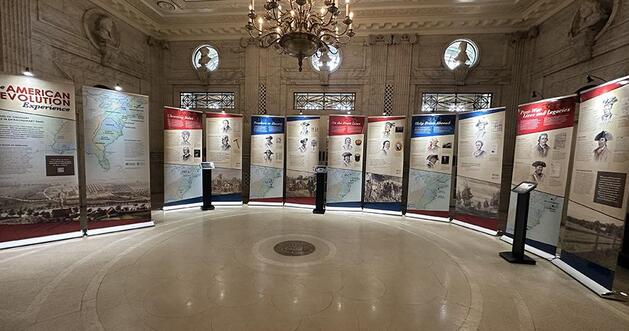 Thanks to the initiative of the Harmon Museum and the Turtlecreek Chapter of the Daughters of the American Revolution (DAR), the Harmon Museum will be one of the first two museums in the country to host the American Revolution Experience, a collaborative project of the American Battlefield Trust and the National Society of the DAR, in Washington DC. This new traveling exhibit, "connects modern audiences nationwide with the people and places that shaped the birth of our nation using visuals & technology." The Harmon Museum will also be displaying unique Revolutionary War artifacts from its own collection. The American Revolution Experience will be on display at the Harmon Museum’s Armstrong Conference Center (121 S. Broadway, Lebanon, Ohio 45036) January 16 through February 16. For more information, visit the American Battlefield Trust's website or our special exhibits page. 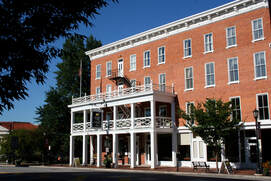 The Golden Lamb (photo by John Zimkus) The Golden Lamb (photo by John Zimkus) Article by John Zimkus, WCHS Historian/Education Director and Historian of The Golden Lamb (The first half of this article was featured in the Issue 11. November, 2023 Medallion Newsletter. The continuation can be found below the images below.) On December 23, 2023, The Golden Lamb Restaurant & Hotel, in Lebanon, “Ohio oldest continually operated business” will be celebrating its 220th birthday. Two centuries and a score years earlier, Jonas Seaman, who originally hailed from Hopewell, New Jersey, walked across the once muddy, and now frozen street of Broadway in the newly platted Lebanon to go one block north to what would soon be his competition, The Black Horse Tavern. This log cabin tavern, whose name now graces The Golden Lamb's bar, was serving a dual purpose in 1803. Besides being a place local settlers could get some libation and the latest news, The Black Horse Tavern was also functioning as Warren County's first courthouse. Like in the old western movies many of us grew up watching as children, here they would close the bar and hold court. On Friday, December 23, 1803, Warren County clerk of courts recorded, "Court Grants License to Jonas Seaman to keep the house of public Entertainment in the house he now occupies in the South of Lebanon at the rate of four Dollars." Although the phrase “house of public entertainment” may sound provocative, it simply means that Seaman was going to open up a “public house” or a “pub”. Being in the south of Lebanon is worth noting because at the time Lebanon was only three blocks going north and south, and Seaman’s cabin was in the southern part of the middle block. Had his home/establishment been located three or four doors to the north, I'm sure it would be considered in the north of Lebanon. The four dollars Jonas Seaman spent for his license would have a buying power of about $80 today. As time progressed, so did Seaman’s tavern. In 1815, his log structure was replaced by a two-story brick building, what is now covered by The Golden Lamb's two-story porch. In 1844, a third story was added. A three-story addition was made to the “hotel” to the north in 1854. 1878 saw a fourth story added to the entire structure. The new Black Horse Tavern was constructed in 1964, and the very popular Golden Lamb veranda in 2019. Since 1926, when Bob Jones began to manage “The Hotel,” and shortly thereafter own it, The Golden Lamb’s reputation began to skyrocket, and it continues today. The Golden Lamb has recently been declared the “most iconic restaurant” and the “most famous restaurant” in Ohio. Almost 50 years ago, however, The Golden Lamb was part of a celebration of something else that was reaching a 200 year milestone — the United States of America. The man who is considered by many, including myself, of being the greatest wordsmith in television journalism in the 20th century, visited The Golden Lamb. His name was Charles Kuralt. Kuralt and his CBS News crew visited Lebanon, Ohio in early November 1975. He was famous for his “On the Road” segments appeared weekly on “The CBS Evening New,” which was hosted by, according to multiple polls in the 1960s and 70s, by the “most trusted man in America” - Walter Cronkite. On the Friday, November 14, 1975 edition of the “The CBS Evening News with Walter Cronkite”, Cronkite introduced the last segment of that evening’s news by stating, “When Sherwood Anderson created the fictional Winesburg, Ohio he used a hotel, the new Willard House, as a focal point of his stories about the everyday people of his native state. When Charles Kuralt went “On the Road” in 1976 to paint his Bicentennial Portrait of Ohio, he too found a hotel rich with stories.” Charles Kuralt then said, “Start the music box in the lobby of The Golden Lamb and think about Ohio’s past. No place evokes that past so well, at least for me, as this old hotel in this old town –– The Golden Lamb at the crossroads in Lebanon.
If you took a stagecoach north from Cincinnati, Lebanon’s the town you’d get to just at dark. That’s why Henry Clay stopped at The Golden Lamb so often on his way from Kentucky to Washington during those years when he was trying to find a compromise that would prevent the Civil War. A canal used to lead to Lebanon also. That’s what brought Dewitt Clinton, the statesman and philanthropist, in 1825, to help plan the canals that would lead to Lake Erie and the Atlantic, and end Ohio’s isolation from the world. Mark Twain came by train, and he too climbed the hill to find a warm toddy and soft pillow at the old inn that stood, and stands, a block from the train station. ‘Home, Sweet Home’ is the tune the music box plays. And The Golden Lamb has been that to travelers every day, and every night, since it opened in 1815, a dozen years after Ohio became the first state to be carved out of the Northwest Territory. It was already a 60-year-old inn when Lebanon celebrated the nation’s centennial, 100 years ago. The local weekly, The Western Star, reported that The Golden Lamb was the center of all the fireworks, and hangovers, of the celebration. If only a man could have lived long enough, . . . he could have sat here, in the front room of The Golden Lamb, and glanced up, once in a while, and watched the whole history of Ohio pass by these windows. The boys marching past on their way home after helping Commodore Perry lick the British up to Lake Erie. The boys assembling in the side-yard on their way to help General Grant lick the Confederates. Here, people from a small Ohio town sat... and rocked,.. and talked about events of the world. ‘Look here. Did you see Napoleon got wiped at Waterloo?’ ‘Pass the rolls, please, George.’ ‘What do you think of Hayes’ chance against Tilden?’ And, in time, the world came calling. Charles Dickens dropped by on his grumpy tour around America in 1842. He pronounced The Golden Lamb’s coffee detestable... and its tea worse... and he ordered a brandy. But this was a temperance house back then, and the innkeeper of the time, Calvin Bradley, informed him that liquor wasn’t served. The great novelist was appalled, and when he wrote about the incident later he suggested that abstentious innkeepers, like Mr. Bradley, should totally abstain... from inn keeping! Washington never slept here, but John Quincy Adams did; Martin Van Buren did; and all eight of Ohio‘s presidents –– Both Harrisons; Grant; Hayes; Garfield; McKinley; Taft; Harding. The old hotel just waited patiently at the crossroads of this quiet village, and the busy world came to it. ‘Home, Sweet Home.’ All those Ohio presidents are gone now. Henry Clay and Charles Dickens have been in their graves for 100 years and more, but the inn, where they stopped for the night remains. The story doesn’t end. The shutters are still open, and Ohio’s history is still passing on the stagecoach road outside. Charles Kuralt, CBS News, ‘On the Road to ‘76’ in Ohio.” To paraphrase the way Walter Cronkite signed off each one of his “CBS Evening News” broadcasts, “And that's the way it is,” was, and continues to be at the historic Golden Lamb in Lebanon, Ohio. The Greater Loveland Historical Society's mission is "to collect, preserve and display historical information pertinent to the Greater Loveland, Ohio area, be regarded as a local authority on historical designation, serve as curator of locally significant art, and foster within our community an appreciation and curiosity regarding our area's past." "Through a combination of permanent exhibits, special presentations, and educational facilities," the Greater Loveland Historical Society "encourages guests to step back in time, discover the lives of Ohio's pioneers, explore Victorian-era comfort, and learn about the changes that time, innovation, and the industrial revolution brought to this early suburb and rural escape." The museum is open: March-December
Affiliate Member: Elizabeth Harvey Free Black School / Harveysburg Community Historical Society11/18/2023 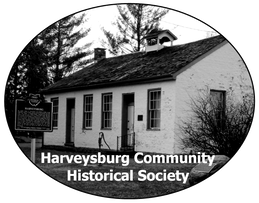 Established in 1831 in Harveysburg, the Elizabeth Harvey Free Black School was the first free school for African American children in Ohio. In 1976, the Harveysburg Bicentennial Committee acquired the building and restored it. The building is now the home of the Harveysburg Community Historical Society and their community museum. 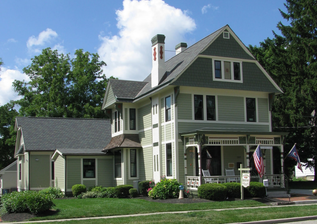 Since its establishment in January of 1979, the Mason Historical Society has worked hard to preserve and share the humble beginnings of Mason, Ohio. Starting with only 26 members, the Mason Historical Society has grown tremendously and now takes pride in its treasure, the Alverta Green Museum. The Victorian house built in 1890 was deeded to the Society in January 1987 by Alverta Green, a longtime Mason resident and local antique dealer, just a few months before she died. The museum showcases various artifacts from Mason's great history, taking viewers on a journey back in time. Members and volunteers of the Society dedicate their time to preserve the 200 year history and heritage of Mason, and at the same time create and promote new interest in that history and heritage. - photo and biography courtesy of the Mason Historical Society Website We wish to acknowledge our new Affiliate Members! We'll be featuring each of these fantastic museums in the coming weeks!
Elizabeth Harvey Free Black School / Harveysburg Community Historical Society Alverta Green Mason Historical Society The Greater Loveland Historical Society 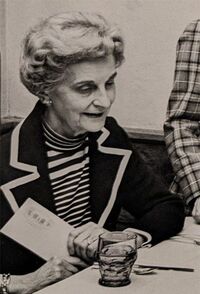 We wish to announce the establishment of The Elva Robinson Adams Educational Fund. This was made possible by a generous donation from her family. Elva Adams (pictured, left) served as Director of WCHS and was a noted author, educator and historian. This significant fund is to support learning about the art, history, and culture of Warren County. It will help educate teachers and students about the diverse collections here at the Harmon Museum. We are sincerely grateful to Dr. Jennifer Adams in guiding this initiative. The first of these initiatives is the MUSEUM AMBASSADOR PROGRAM, a 7 month professional learning experience that aims to equip educators with the skills and knowledge to effectively integrate primary sources into their classroom curriculum across various subjects. Through monthly, in-person meetings, and engaging online workshops using protocols from Smithsonian and Harvard’s Project Zero, teachers will dive deep into the treasures at the Harmon Museum to develop tools that will enhance instruction. MAP teachers receive a stipend and meet THIRD SATURDAY OF EACH MONTH FROM 10:30-12, NOVEMBER-MAY. The second initiative, HARMON ARTS, is a monthly arts-integration program for children ages 5-14, offered on the THIRD SATURDAY OF EACH MONTH FROM 1-2:30pm, OCTOBER -MAY. Children will create an object inspired by works in the museum collection, listen to a story read aloud, enjoy a guided visit to the galleries, and learn from museum experts. Art works made by students will be displayed at the museum for public view. Harmon Arts is for children ages 4-12. These programs are supported in part by the ELVA ROBINSON ADAMS fund. The mission of this fund is to support programs and initiatives grounded in principles of diversity, equity, accessibility, and inclusion. Written by K. B. Niehoff. Riyadh, Saudi Arabia: countless years of diligent work, research and documentation performed by dedicated professionals, volunteers and tribal partners has yielded a positive outcome. On September 19, 2023, at their annual meeting, the UNESCO World Heritage Committee through the inscription process has placed the Ohio Hopewell Ceremonial Earthworks on the UNESCO World Heritage list of World Cultural Sites considered to be of outstanding value to humanity. https://whc.unesco.org/en/tentativelists/5243/ The Fort Ancient hilltop enclosure three-and-a-half miles of sinuous earthen embankments are accompanied by a continuous necklace of clay-lined ponds. The enclosure has 67 gateways, a few of which must have been more important than others such as the northeastern entrance that is framed on the outside by two large, conical mounds. Within the northern enclosure, the so-called north fort, four stone-covered mounds form a perfect square. From one of these mounds there are alignments though particular gateways to important solar and lunar events.
Ohio’s Hopewell Earthworks are the pre-eminent examples, and the largest concentration in the world, of prehistoric monumental landscape architecture. They display a truly astonishing scope, beauty, and precision in form, intent, and execution. This is the 25th site in the United States. http://worldheritageohio.org/hopewell-ceremonial-earthworks/ "For me, photography is my way of creating art. Ever since I can remember, I wanted to be an ‘artist’! I started in film photography and darkrooms in high school and college and was hooked.
My darkroom now is Photoshop and I enjoy creating art by combining my photography with sometimes, extensive editing. I use all of the ‘art’ and photography skills that I learned along the way…composition, lighting, color, rules of perspective, proportion, and symmetry, and most importantly, impact to create memorable images." - Taken from an interview with tripodcamera.com Ohio's longest running antique show returns on September 9 & 10, 2023! Browse over 30 dealers for a large selection antique furniture, art, glassware and collectables. Check out this video from last year's Antique Show! 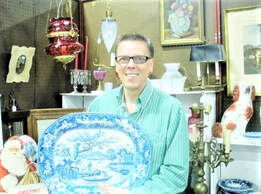 John Wanat of Indianapolis has been a general line antiques dealer since 1988, specializing in Victorian era antiques and with recent changing trends he is now offering a display of Mid Century styles and collectibles. John has presented educational classes and seminars with local & national historical groups, clubs and museums. John is current promoter of the Lakeside Chautauqua Antique Show (Aug), the Lebanon Ohio Antique Show (Sept), the Maumee Ohio Historical Society Antique Show (Dec), and exhibits at various events throughout the United States. Join John when he teaches all about what to look for while shopping for antiques in his seminar, Shopping For Treasures. 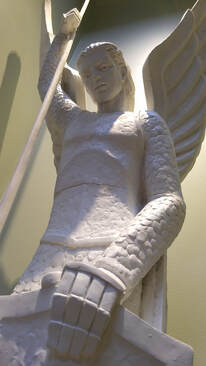 Michael the Archangel 1965 Robert Koepnick Plaster Maquette Gift of John Koepnick On display in Harmon Museum's Contemporary Art Gallery FUN FACT: Koepnick pioneered a new casting process for the final work. This aluminum sculpture was made for St. Michael’s Church in Houston, Texas and is over 30ft tall!
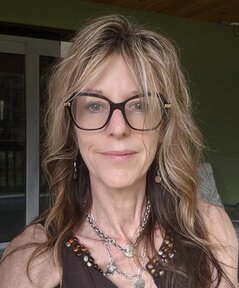 A native of Cincinnati, Angie (Tallarico) Meehan has been a life-long artist and painter. She began drawing at a very young age and pursued studies in art throughout elementary and high school, college and beyond. She has a degree in graphic design from UC’s college of Design, Architecture, Art and Planning and has studied painting with numerous accomplished contemporary artists. She is a signature member of the Woman’s Art Club of Cincinnati and associate member of Oil Painters of America (OPA). Angie’s work has been recognized and awarded throughout the years in both Club and juried shows. (bio supplied by the artist.) Connect with Angela on Facebook page. View Angela's work, and meet the artist, at the Opening Reception to her joint show with Scott Miller, Véjà Du- by Two, on August 11 at 6:30. Véjà Du- by Two will be on display at Harmon Museum July 28 - September 9. |
AuthorVarious staff and volunteer writers. Categories
All
Archives
June 2024
|
Email: [email protected]
Wchs Office/Harmon MuseumTues - Sat: 10am - 4pm
Year Round |
1795 BEEDLE cABINPhone for hours
Year Round |
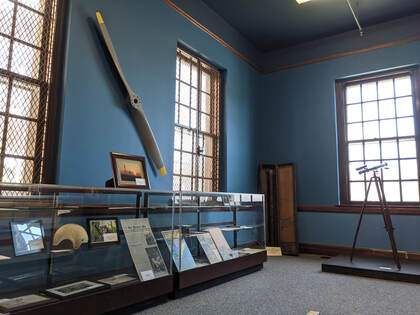
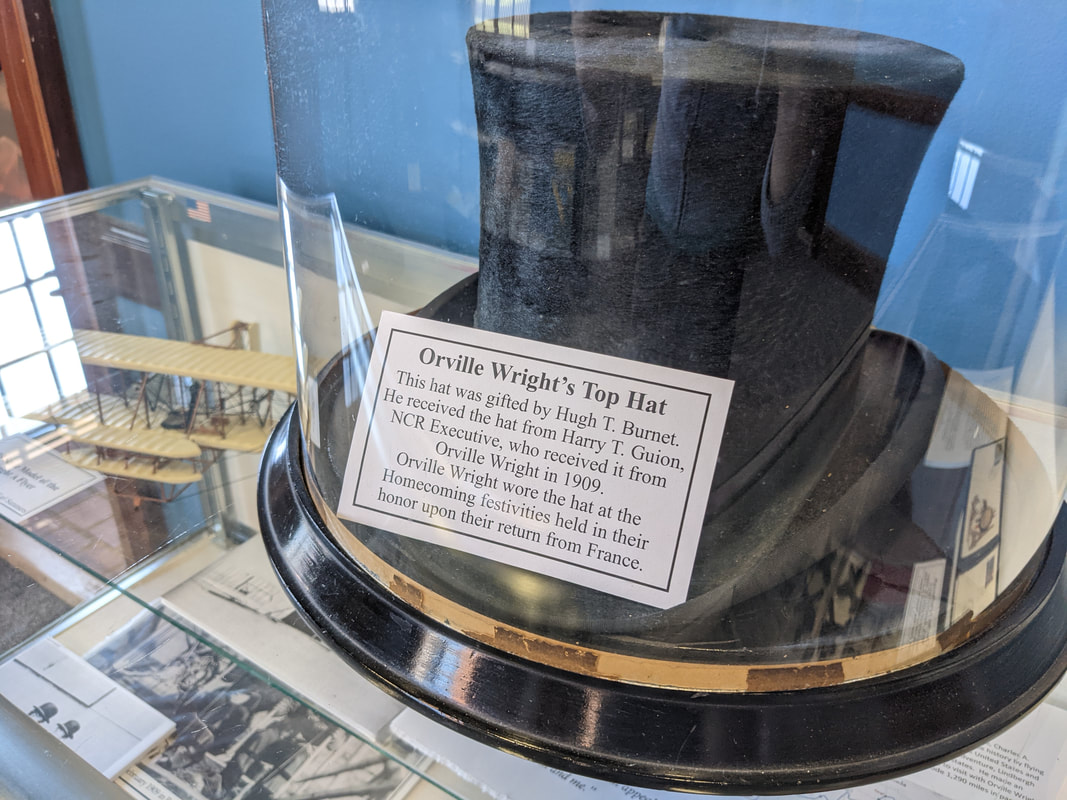
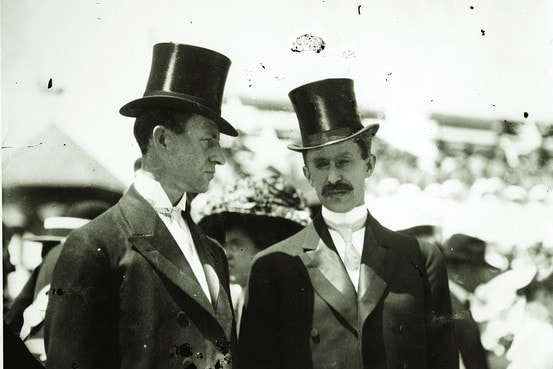

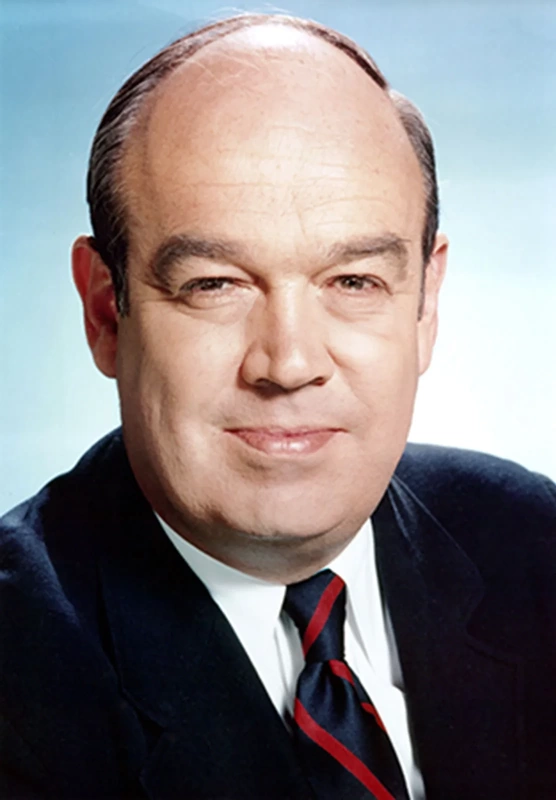
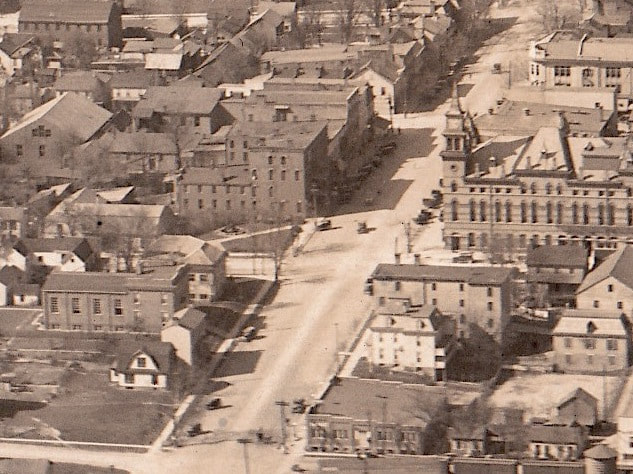
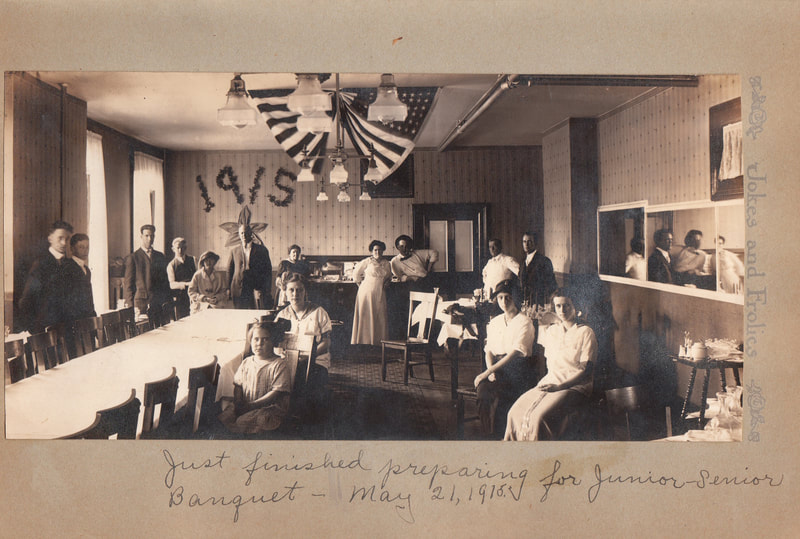
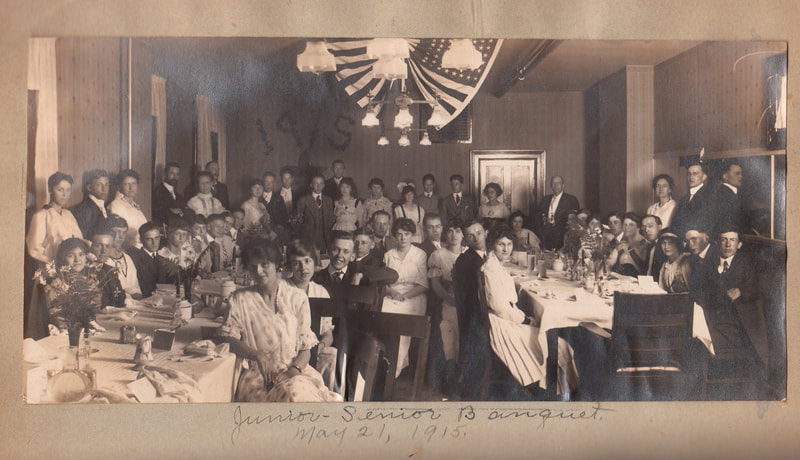
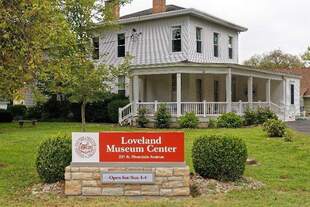

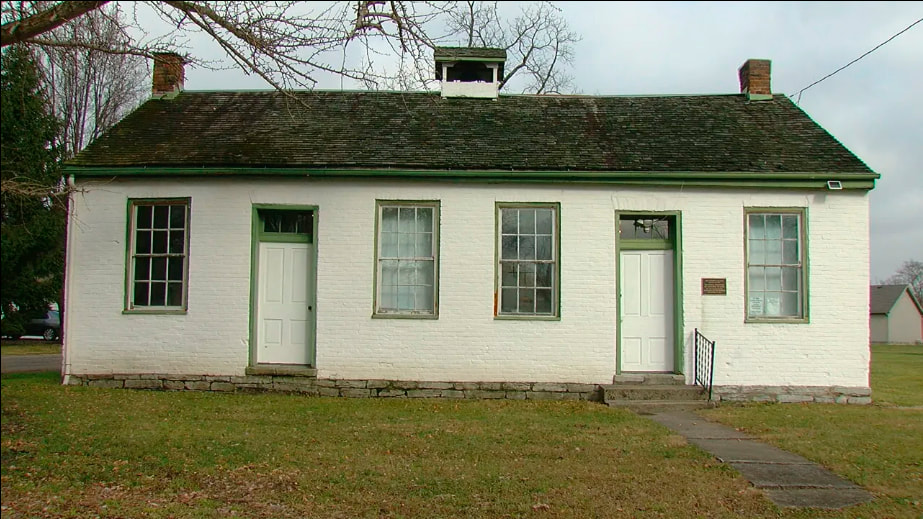
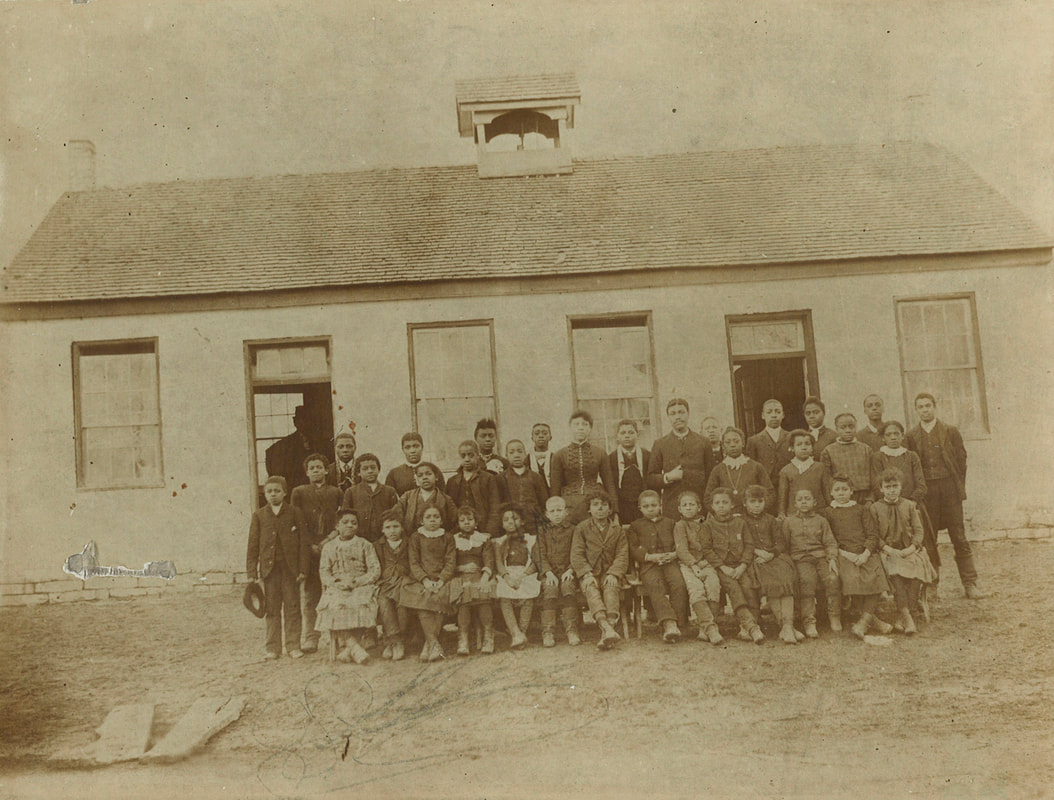

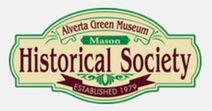
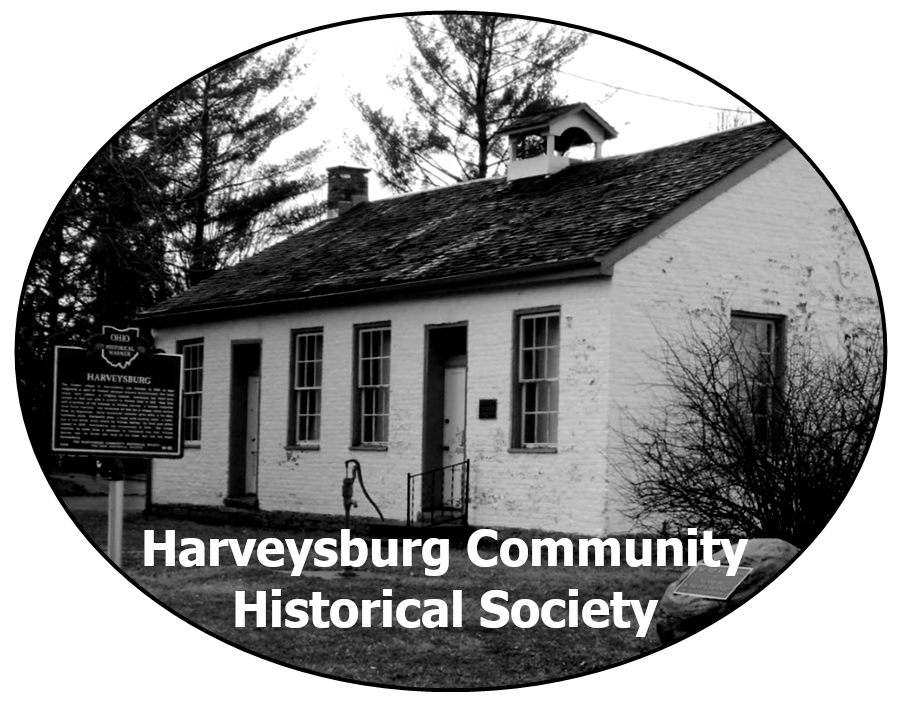
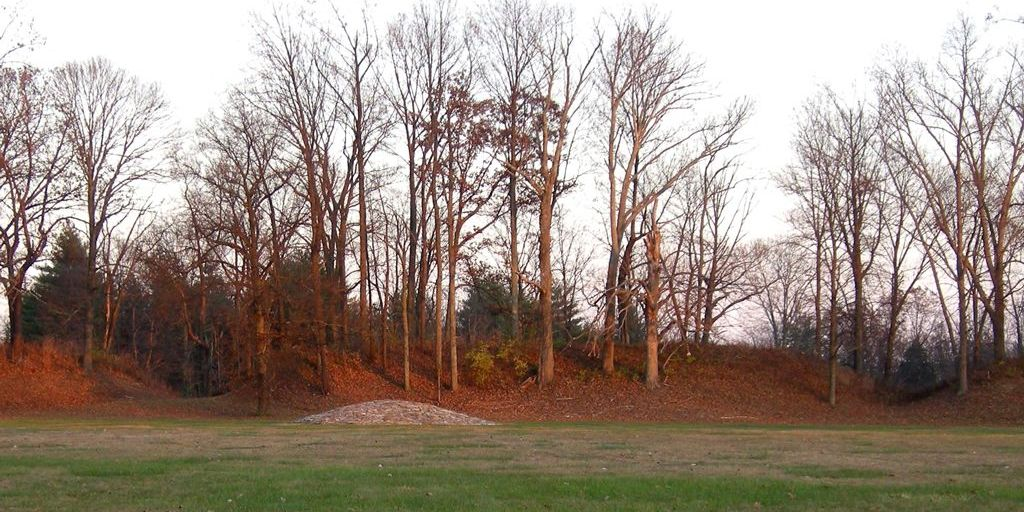
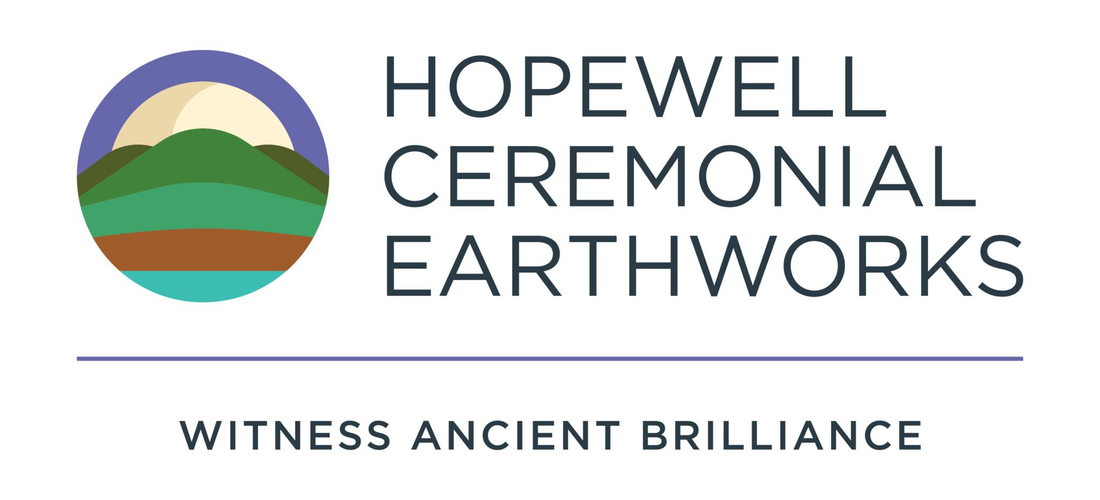

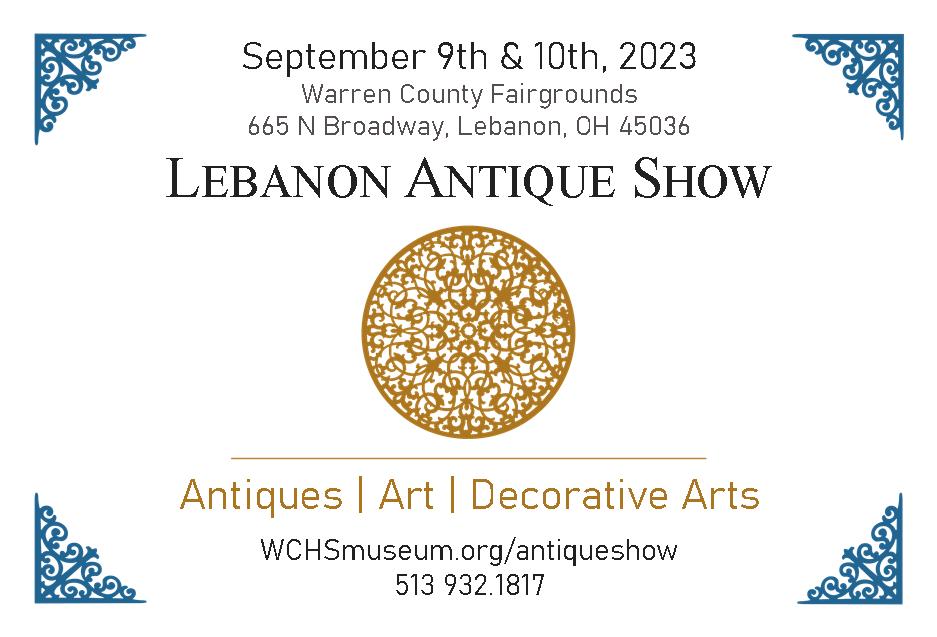

 RSS Feed
RSS Feed





